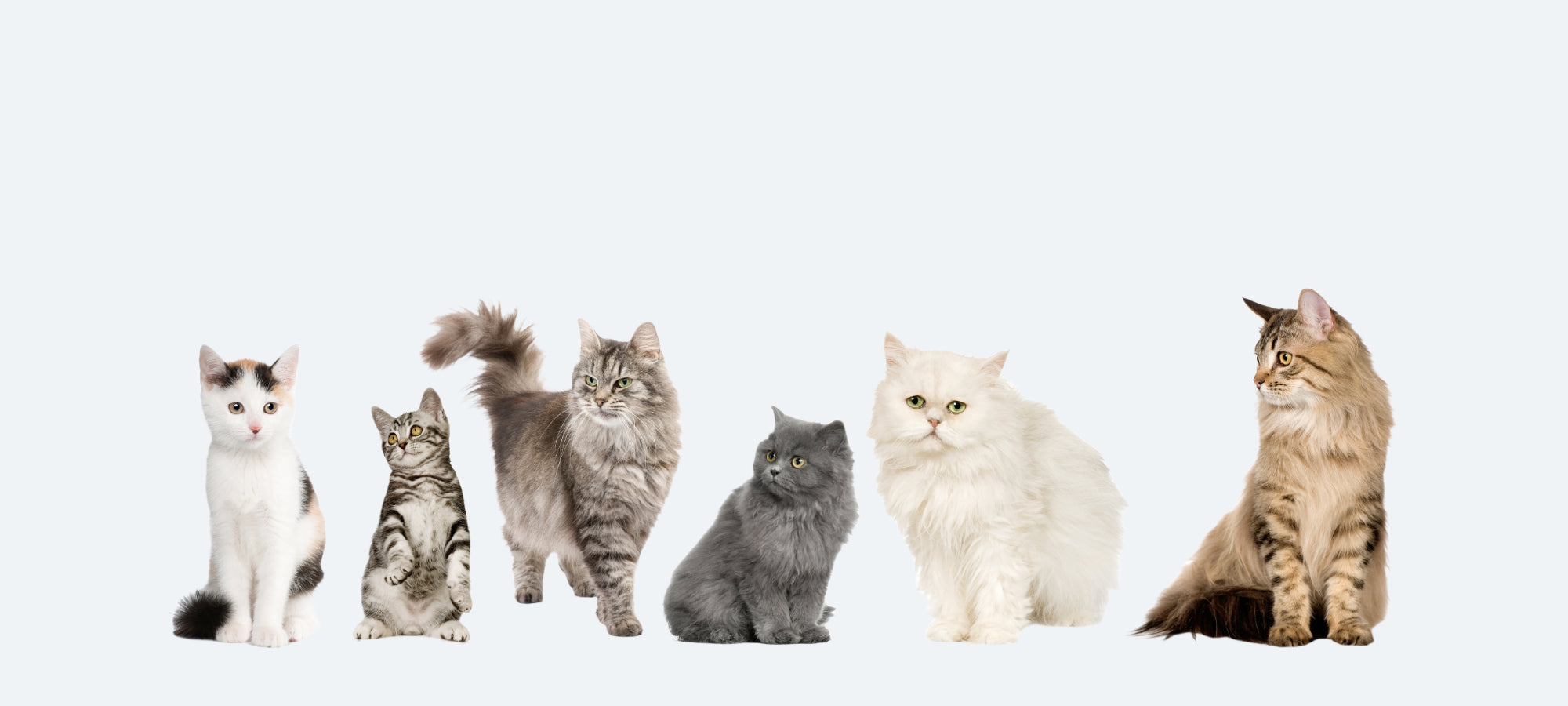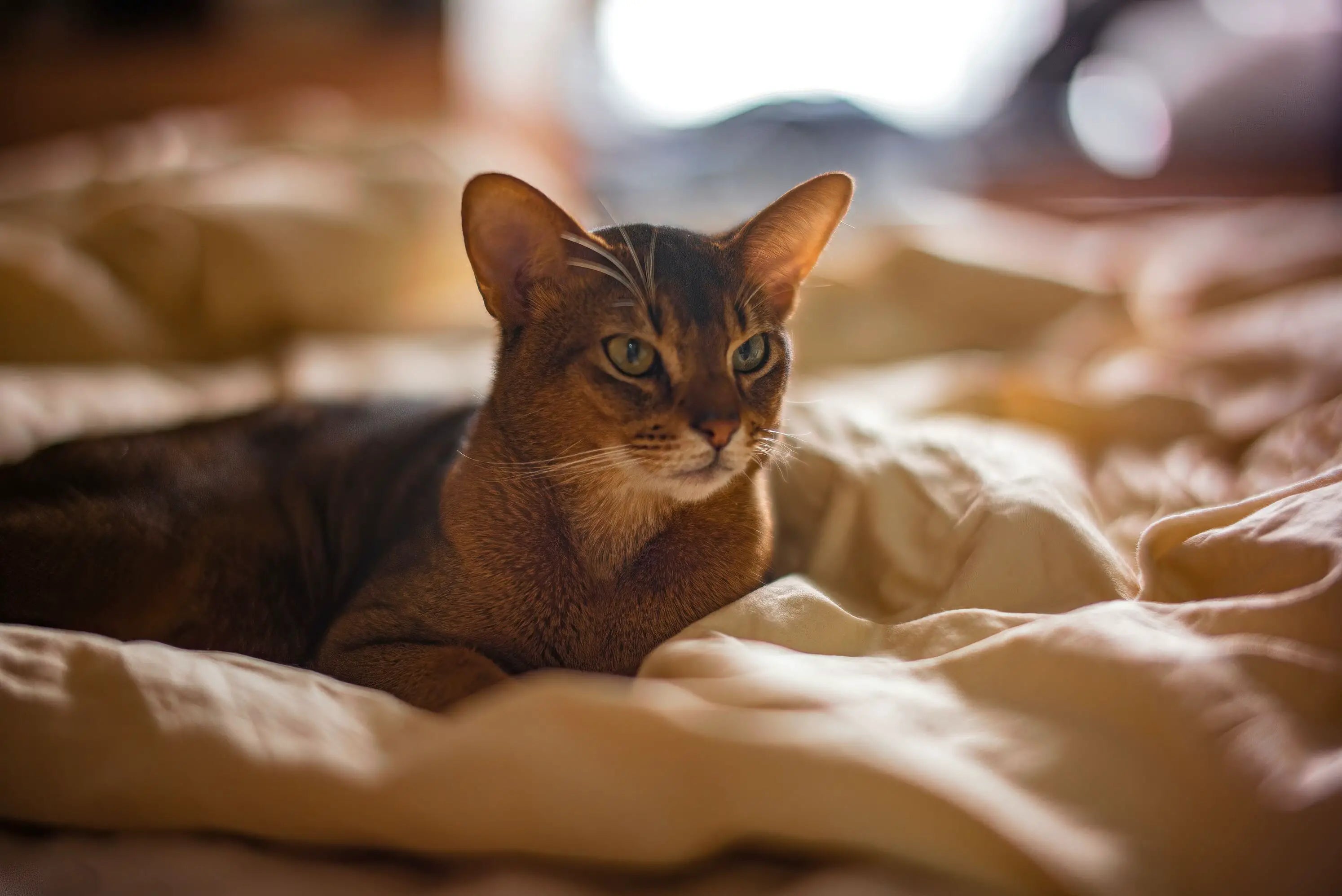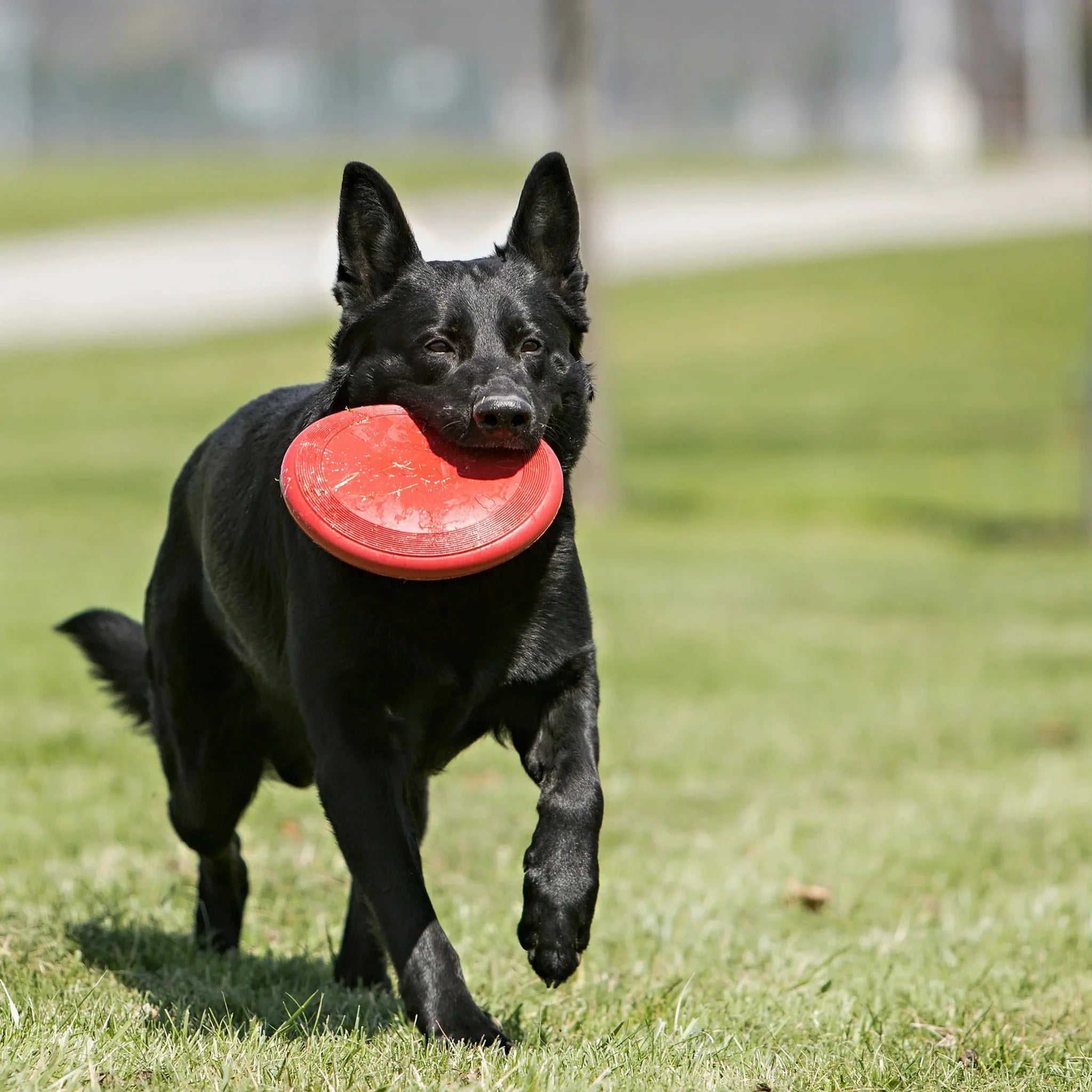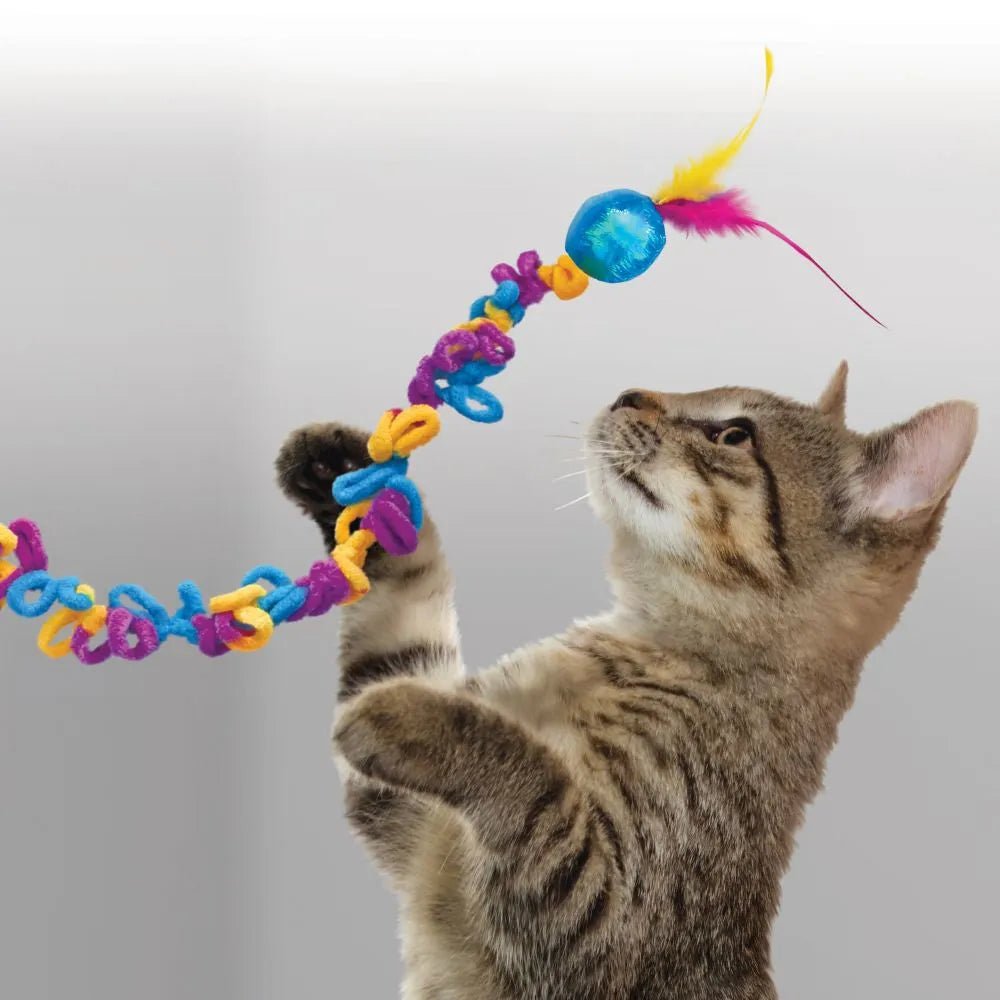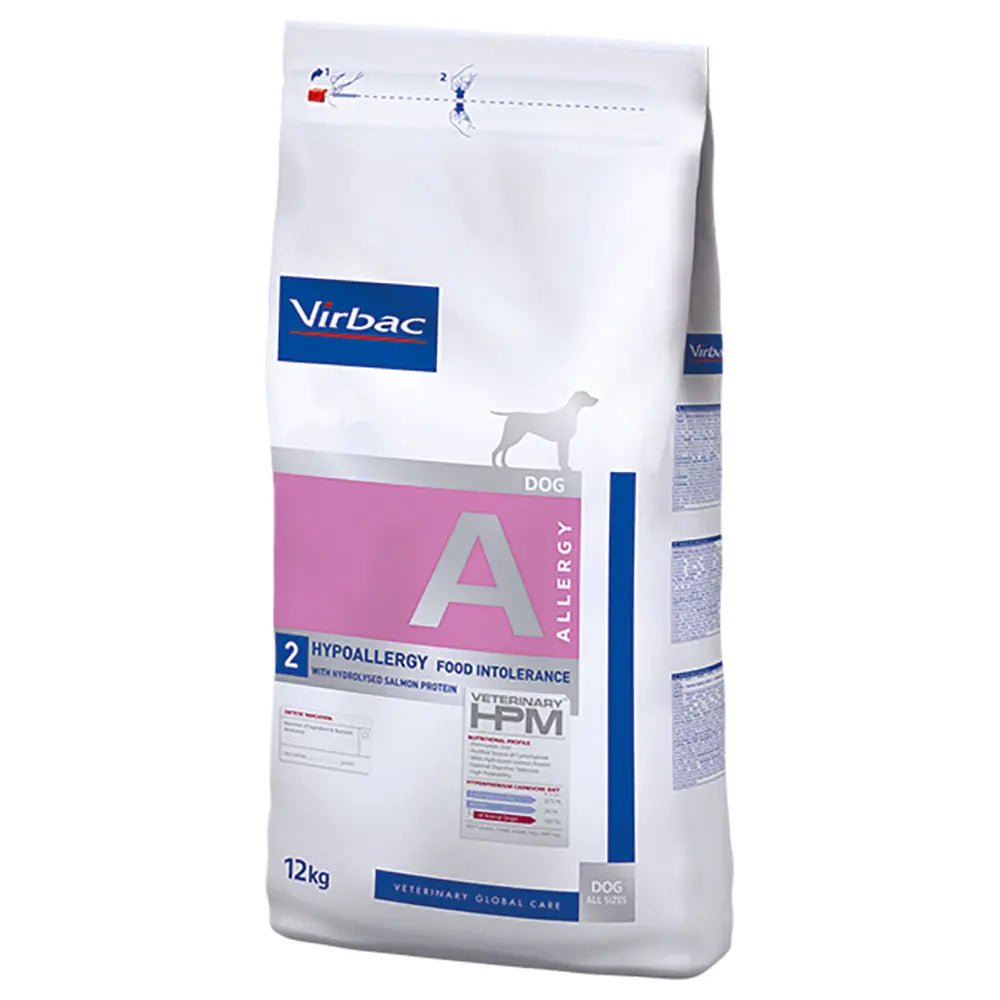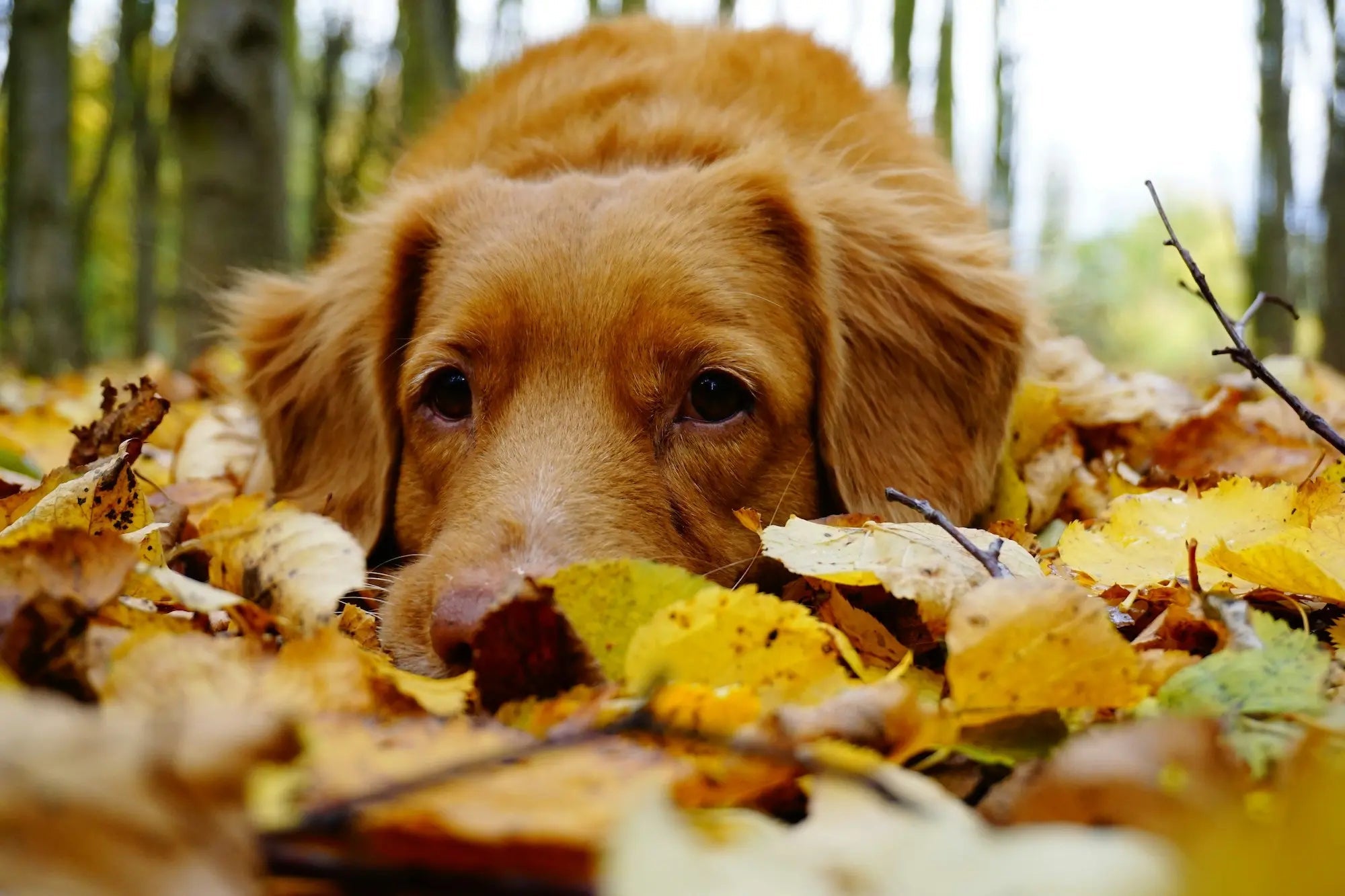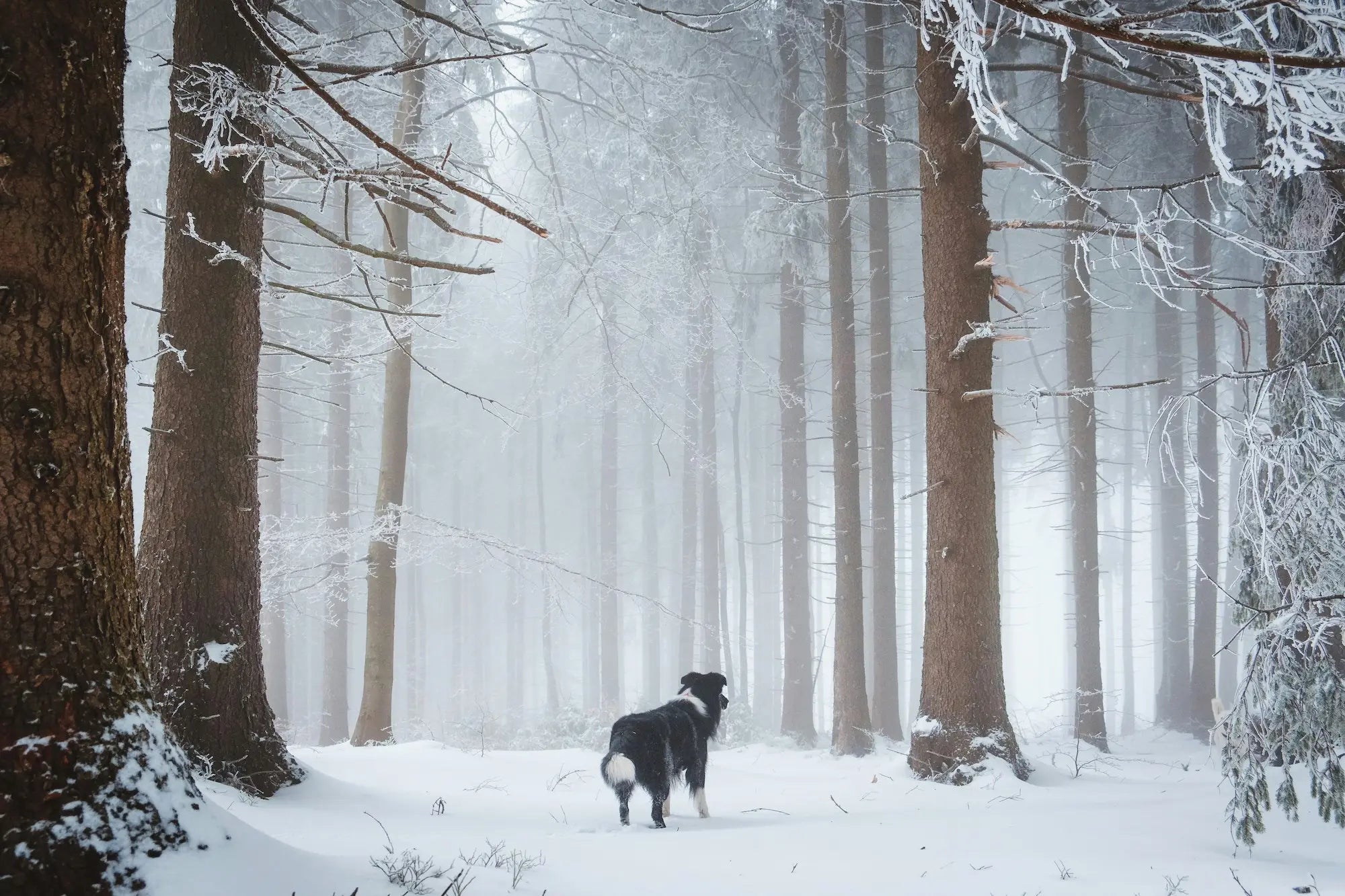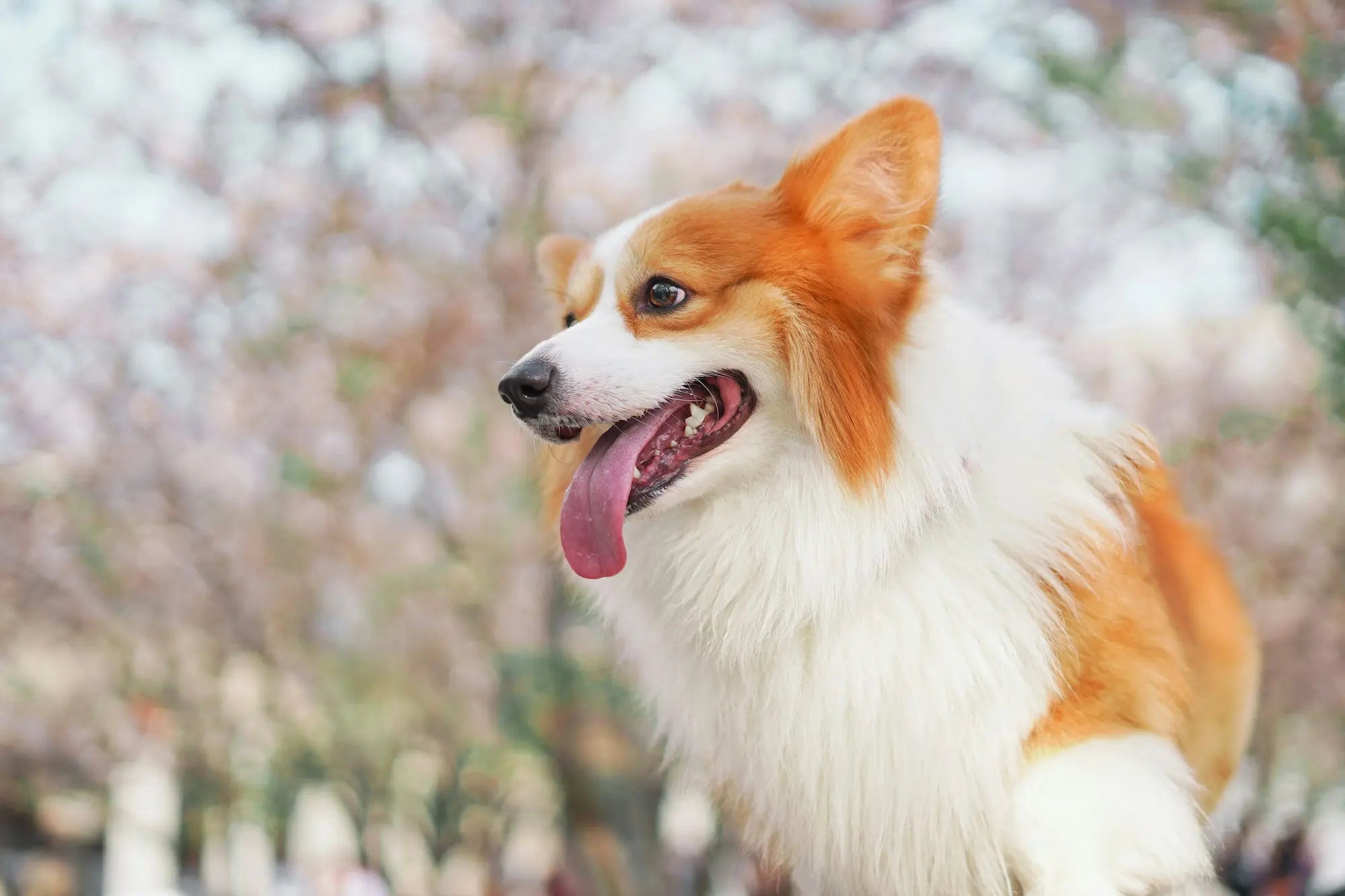The Abyssinian is a furry little cat with lots of playfulness and energy. If you are looking for a four-legged family member who really has personality, the Abyssinian could be the one for you. Read more about the cat breed and what characterizes these intelligent kitties!
race facts

Child-friendly

Attention needs

Energy level

Talkativeness

Fur care

mowing
Facts about the breed
The Abyssinian, one of the world's oldest cat breeds, has many different stories about its origins. Although once claimed to have originated in Abyssinia (now Ethiopia), genetic evidence suggests that the earliest Abyssinians were brought to Europe from Southeast Asia and India. We can assume that the breed descended from other cat breeds such as the Siamese, Burmese and Russian Blue. The Abyssinian is characterized by its distinctive coat, called ticking, which was also seen in cats imported to England by the Romans.
What can you expect as an Abyssinian owner?
Personality
Personality
The Abyssinian's personality is far from boring. In an Abyssinian, you get a curious and highly intelligent cat that enjoys both playing and being with the people it loves. These cats are usually lively, love activities and can entertain you for hours. Most likely, it will like to follow you around, and is always ready for play and fun. The Abyssinian differs from other cat breeds in many ways. Some also believe that it can sometimes resemble a dog in its behavior, and it is both smart, athletic, social and funny. A special feature of these cats is that they tend to steal interesting objects. They are also good at "training" their owner by giving clear hints about what they want from you.
Energy and attention needs
Energy and attention needs
Clicker training, interactive toys, trick training and the agility course provide perfect entertainment for this adventurous cat. If you have a garden, you can set up a bird feeder by the window, as the Abyssinian enjoys observing birds. It is also a skilled jumper, and loves to be at heights that give it a view of its surroundings. The Abyssinian thrives as the only family pet, but requires full attention. Playful children and adults are its best friends, but if you are often away, it may be a good idea to get two Abyssinians from the same litter who share the same activity level.
Health
Health
Size and appearance
The Abyssinian, despite its origins in Southeast Asia, resembles an African wildcat. It has a wedge-shaped head with large, wide ears and large almond-shaped eyes that can be green or orange. The eyes have a dark eyeliner-like rim. The body is muscular, slender and elegant, with thin legs, small, compact paws and a long, tapered tail.
The coat has distinct ticking patterns that give the Abyssinian a warm, almost glowing appearance. The coat of the Abyssinian has characteristic bands of light and dark color on each hair. It comes in four main colors: brindle with black ticking and apricot base, sorrel with cinnamon ticking and apricot base, blue with blue-gray ticking and cream base, and fawn with antique pink ticking and cream base.
Weight
Adult male cats usually weigh between 4.5 and 7.3 kg, while females weigh between 4 and 6.8 kg.
Lifespan
12 - 15 years
Hereditary diseases
Abyssinians may be predisposed to hereditary diseases such as PK deficiency , which affects the energy metabolism of red blood cells and can lead to anemia. They are also prone to developing PRA (progressive retinal atrophy), another hereditary disease that can lead to gradual blindness. Abyssinians may also be prone to patellar luxation , a condition in which the kneecap can pop out of its normal position, as well as hip dysplasia , a condition that can lead to hip joint degeneration and pain.
Fur care
Fur care
The Abyssinian's fine, short coat is easy to maintain. Weekly brushing removes dead hair and keeps the coat shiny. During shedding periods, a bath may be necessary to remove loose hair.
Food and nutrition
Food and nutrition
Like most cats, the Abyssinian needs a balanced and nutritious diet consisting of cat food adapted to their activity level and age. Often, a high-protein food is ideal for this active breed. Like all other cats, they should also have access to clean, fresh water at all times.
If you want to become the owner of an Abyssinian, you should make sure to find a reputable breeder. How much a kitten costs will vary, but you can expect a price of between 12,000 - 14,000 kr for an Abyssinian kitten.
Having purebred cats as pets has become very popular, but unfortunately this has resulted in many unscrupulous breeders who engage in unethical breeding for profit. Therefore, it is important for you as a buyer to get information about how the cat was bred so that you do not contribute to cats with hereditary and serious diseases being born. If a purebred cat is sold without a pedigree, you will never know whether the kitten has been stolen, or whether illegal trade has taken place.
A serious breeder in a federation must follow strict requirements for animal welfare and health. Good breeders will also demand something from you to ensure that the cat has a good life. Remember to check if the breeder is registered through the Norwegian Cat Breeders' Association (NRR) / FIFe / TICA and that the pedigree, health certificate (and possibly the purchase contract and vaccination card/veterinary passport) are included.
